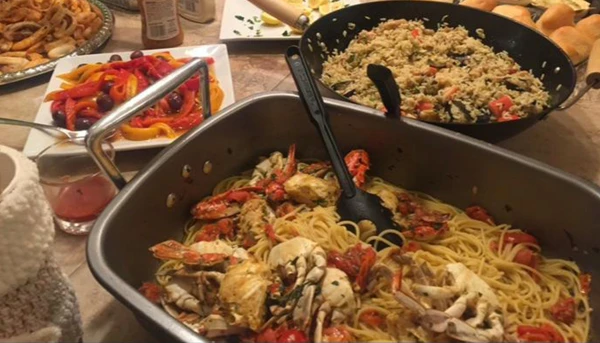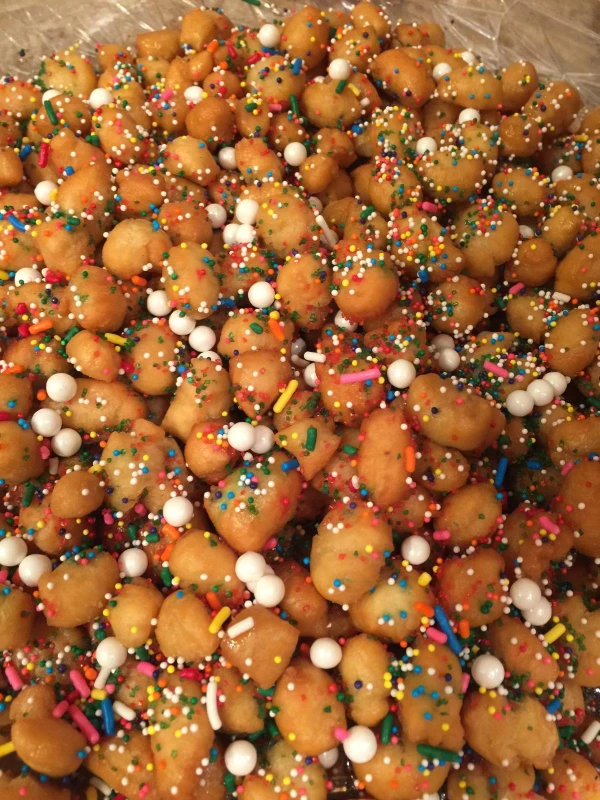CNA Staff, Dec 24, 2024 / 04:00 am
There are numerous Christmas Eve traditions families around the world take part in, whether it’s watching a certain movie together, baking cookies for Santa, opening one present before going to bed, or eating a specific meal for dinner. The Feast of the Seven Fishes — in Italian “La Vigilia,” which means “The Eve” — is one of these Christmas Eve traditions.
So, where does this tradition come from?
This feast stems from the southern part of Italy and spans generations. Before 1861, Italy was made up of different regions. Each had its own government, however, and the southern regions were the poorest. This remained true before and after the unification of the country. The new unified government allocated many of its resources to northern Italy, which caused poverty and organized crime in the south. The area, however, though poor, was plentiful in fish since it was so close to the ocean.
The Feast of the Seven Fishes tradition is also tied to the Catholic Church’s practice of not eating meat during certain times of the year — for example, on Fridays during Lent and on the eve of some holidays.
The number seven is also symbolic in that it is repeated more than 700 times in the Bible, and in Catholicism there are seven sacraments, seven days of Creation, and seven deadly sins.
Although it is not an actual feast day on the Catholic liturgical calendar, it is definitely a feast in terms of the amount of food on the table!

Put all these things together and that is how the Feast of the Seven Fishes began in the 1900s.
Additionally, many Italians who fled the country due to poverty and immigrated to the United States brought this tradition with them so the feast continued among many Italian Americans.
So what is eaten during this seven-course meal?
While there is no specific menu, there are some guidelines that are followed. The first being, of course, having seven different fish dishes. These dishes can include any type of seafood including shellfish. Based on the fish you plan to prepare, you can then determine the different courses that typically include appetizers, a soup, pasta, a side salad, and the main entrees.
Many families may also include a palette cleanser, or a small fruit dish, before bringing out the highly-anticipated desserts!
Some dishes include “insalata di mare” (“ocean salad”), which typically has shrimp and mussels; “insalata di polipo” (“salad with octopus”); “capestante,” which are clam shells filled with salmon, shrimp, and bechamel sauce; “linguine con frutti di mare,” which is a pasta with several different kinds of fish; and other dishes that include fried fish, eel, crab, and lobster.

And we can’t forget dessert! “Struffoli” are little balls of fried dough covered in honey and sprinkles and are considered a Neapolitan dessert. Others include “mostaccioli” and “roccocò,” which are types of cookies, and “pandoro” and “panettone” are sweet breads.
This is just a glimpse into the variety of dishes southern Italian families will spend hours preparing ahead of Christmas Eve dinner. Each family has its own fish dishes and ways of cooking them; however, one thing is for sure: You can expect to be filled to the brim with delicious food before heading off to bed.
(Story continues below)
This story was originally published Dec. 23, 2022, and has been updated.





